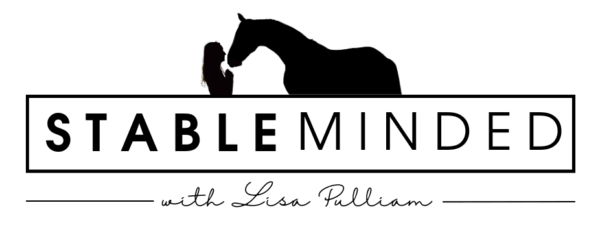Trauma is a buzzword, right? We label all sorts of things “trauma” or “traumatic.” But what is the definition of trauma? Does it even matter how we classify an incident or experience?
As equestrians, it is critical to our safety and growth to have a trauma-informed understanding of behavior for not only ourselves but also our horses. Built with a similar brain structure and nervous system, both horses and humans respond to a perceived or actual threat of harm with a flight, fight, freeze, fawn, or faint reaction. While this nervous system design is brilliant, assuring safety when it functions properly, it is possible to get stuck in a trauma state, living in highly triggered survival mode.

How we, and our horses, respond to a current situation is often impacted by triggered-stacking — the result of unprocessed trauma and stress as well as lack of nervous system regulation and resiliency. Yes, our survival strategies either have prepared us for this moment or leave us feeling more overwhelmed. As Bessel Van Der Kolk describes, “Trauma robs you of the feeling that you’re in charge of yourself.”

Simply put, trauma is meant to be a state, not a trait. It is meant to be an experience of survival in the moment. Yet the reality is that many of us live in a constant state of survival because of the sequence of traumatic experiences we’ve endured without providing the necessary time and attention toward recovery and healing.
There is another way of existing in this world.
There is hope for healing.
We can develop a new way of living in this moment, calm and confident.
That is why it is so important to take a step back and explore why we do what we do from a trauma-informed lens. From that vantage point, we can find the pathway forward by identifying where we need to stabilize so that we can thrive in our humanship and horsemanship.
It starts with understanding the importance of co-regulation and connection, which enables the brain to come back online. Dr. Bruce D. Perry’s neurosequential model and Dr. Dan Siegel’s hand model illustrate this process! Drop your email below to receive the Stableminded Growth Guidebook to learn more as I unpack for you how to apply this trauma-informed model for growth!

iTunes | Spotify | YouTube
Helpful Links
Liberated Equestrian Membership Community



